Time-boxing gives us a way to better understand if and how we are delivering value to our customer. Breaking down the project into bit-sized pieces called user stories gives us a way to build towards outcomes we want to achieve for our customer. It also goes a long way in helping us monitor and evaluate our progress.
We time-box our work by creating user stories, breaking the stories down into a few core activities that need to happen in order to fulfill the stories, and choosing which of those tasks we can realistically take on each sprint.
We Create User Stories by Listening to our Stakeholders
At the beginning of the project, we ask why we doing this project and which key stakeholders are we doing it for. We put ourselves in their shoes to understand the outcomes they are looking for from the project, and work with them to validate these outcomes.
For these outcomes and stakeholders, we ask what “done looks like”, which becomes our final user story. We then ask if there are any user stories that need to happen before this user story.
Organizing these stories becomes the foundation of our sprints. Each sprint, we will ask which of these stories we can realistically take on, the tasks involved in completely those stories and what our definition of done will be.






